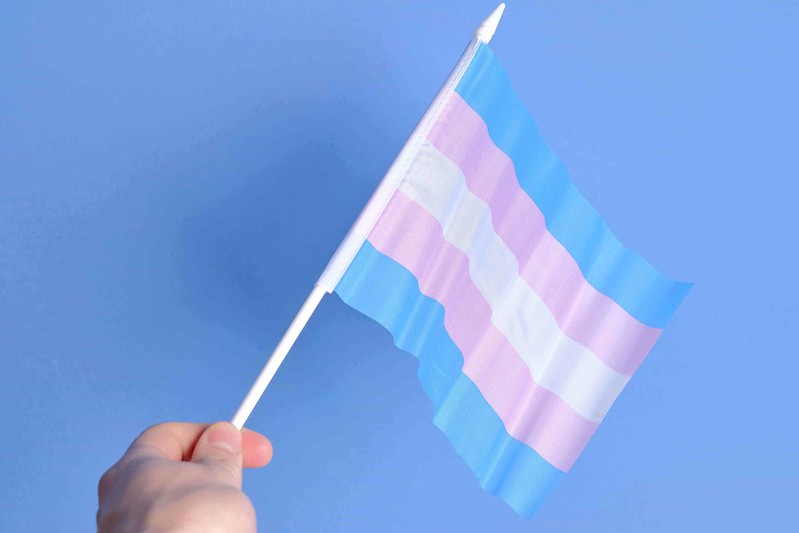In a momentous statement on October 9, the World Health Organization announced that it would add the SA 14-14-2 live, attenuated vaccine for Japanese encephalitis to its list of prequalified medicines.
This announcement was historic for two reasons. First, the vaccine is the only Japanese encephalitis vaccine to be prequalified for use in children by the WHO. Prior to this, the one available vaccine for this debilitating and sometimes fatal disease was expensive and required three doses. Second, this is the first Chinese-produced vaccine to be approved by the WHO, so the hope is that this will inspire other players in China’s growing biotech industry to follow suit. The vaccine is manufactured by Chengdu Institute of Biological Products Co., Ltd. (CDIBP), a subsidiary of China National Biotech Group Co., Ltd (CNBG).
Japanese encephalitis virus is endemic in Southeast Asia and the Western Pacific, a region with a population of over 4 billion. The life cycle of the virus relies on transmission between mosquitoes and either pigs or water birds, but it can also be passed on to humans when bitten by an infected mosquito. Most people who are infected with Japanese encephalitis will experience no symptoms or mild symptoms, but in less than 1 percent of infections, severe disease will develop 5 to 15 days after the infecting mosquito bite. Symptoms might include fever, chills, headache, fatigue, nausea, and vomiting. The disease can progress to inflammation of the brain (encephalitis), seizures, and sometimes even coma and paralysis. About 1 in 4 cases of severe disease are fatal. There is no specific treatment for Japanese encephalitis.
Infection and severe disease from Japanese encephalitis are most common among children, as most adults living in endemic regions have developed immunity from past exposure. Nearly 70,000 cases and an estimated 10,000 to 15,000 deaths are attributed to the disease each year. Children who do survive infection are often left with permanent neurological damage, such as paralysis, recurrent seizures, or the inability to speak.
While there is still no treatment for the disease, this SA 14-14-2 vaccine has proven highly effective at preventing disease. It has already been widely used for mass vaccination campaigns in China, India, Nepal, Cambodia, Sri Lanka, and North Korea. The SA 12-12-2 vaccine is a live, attenuated vaccine, meaning that a version of the virus was weakened in the lab and included in the vaccine itself. Because it has been weakened, it cannot cause illness. However, it is able to teach the immune system to respond should the immune system see this type of virus in the future. Not all vaccines live, attenuated. Some vaccines include a killed pathogen (inactivated vaccines) and some include only a portion of the pathogen (subunit vaccines).
The WHO vaccine prequalification program was initiated in 1987 to ensure quality and safety of vaccines. Today, it is the only program to "facilitate international harmonization of vaccine production standards," according to its website. In order for a vaccine to be prequalified by the WHO, the production process and quality control procedures must be reviewed, different lots of the vaccine are tested for consistency, and the WHO conducts a site audit of the manufacturing facilities along with members of the manufacturing country's regulatory authoriy. Essentially, for a vaccine to be prequalified, it means that the vaccine has met the recommended standards set by the WHO and is appropriate for the target population. For a list of prequalified vaccines, visit the WHO Immunization Standards page. The prequalification list is not exhaustive, so there are vaccines in use that have not been prequalified. This simply means that either the vaccines did not meet the priorties set by the United Nations and the WHO, or that the manufacturers have not yet submitted for review – it does not mean that if evaluated the vaccine would not be prequalified.
PATH, a global nonprofit organization, led a series of clinical trials and spearheaded a collaboration with the vaccine manufacturer and other global partners to pave the way for vaccine quality assurance and WHO approval. Prequalification serves as the WHO’s certification of vaccine safety and efficacy. It allows UN procurement agencies to purchase the vaccine, and, in turn, enables GAVI to provide financial support to countries that wish to acquire the vaccine. The hope is that with prequalification, all communities with endemic Japanese encephalitis will now have access to a safe, affordable vaccine.
Sources:
http://www.path.org/projects/japanese_encephalitis_project.php
http://www.who.int/nuvi/je/en/
http://www.cdc.gov/japaneseencephalitis/qa/index.html
http://www.path.org/projects/japanese_encephalitis_project_questions.php
http://www.niaid.nih.gov/topics/vaccines/understanding/pages/typesvaccines.aspx

